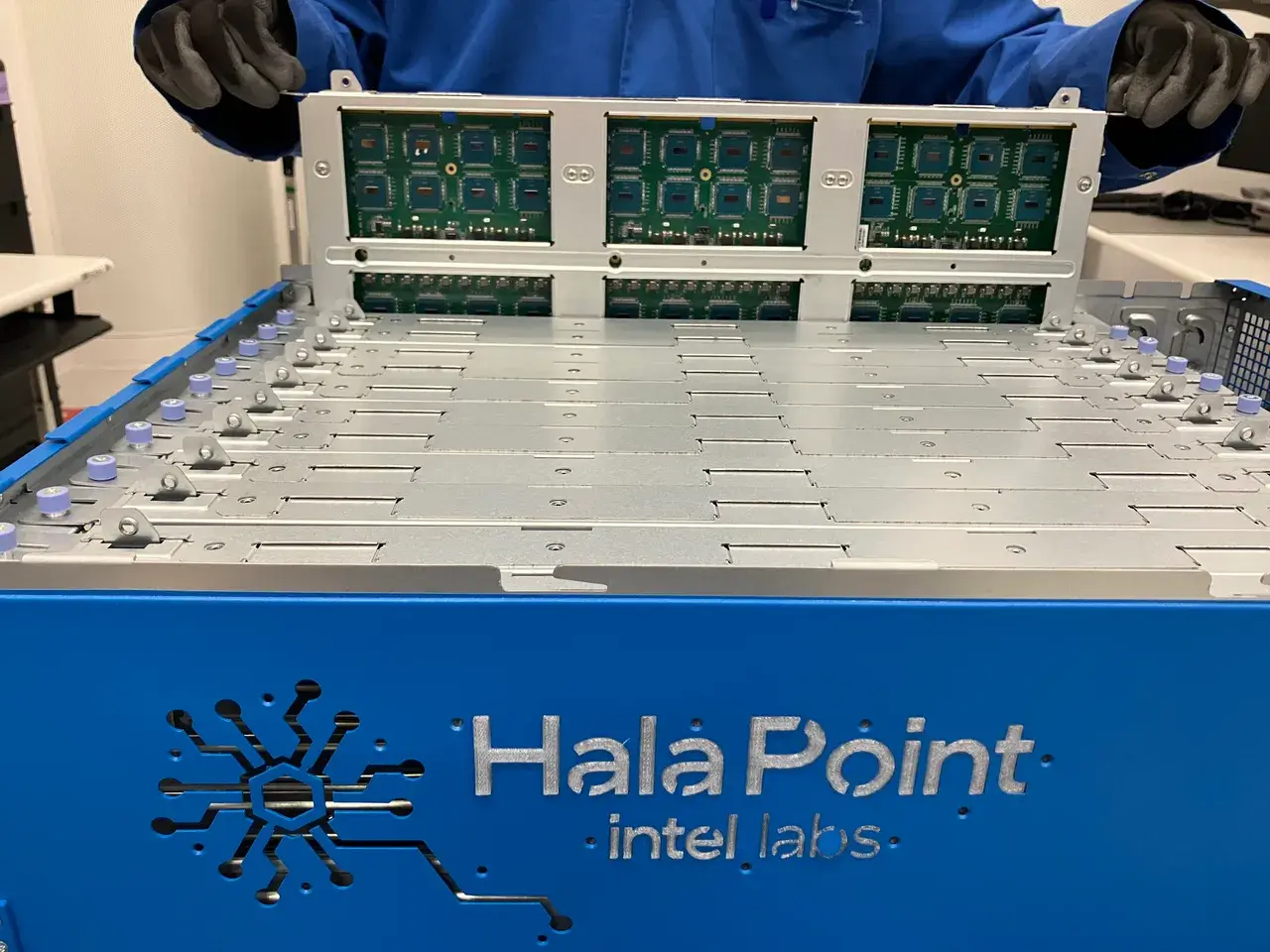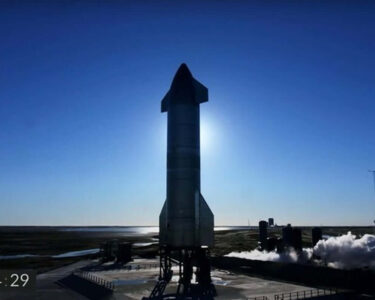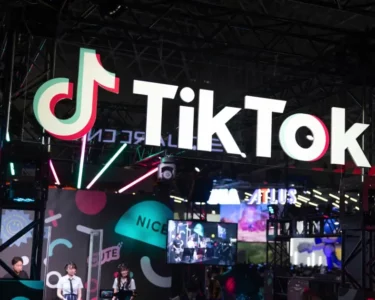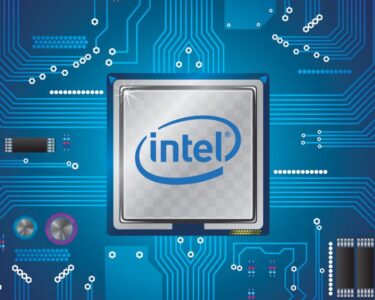In a monumental leap for neuromorphic computing, Intel has unveiled Hala Point, the world’s most extensive system designed to mimic the human brain. This ambitious project marks a significant shift towards a new generation of AI that promises to be more efficient and sustainable than traditional methods.
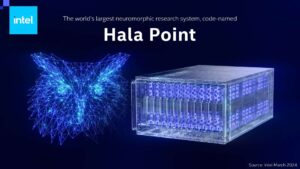
Hala Point draws inspiration from the intricate workings of the human brain. Unlike conventional computers that process information sequentially, Hala Point utilizes neuromorphic chips that communicate through simulated neurons and synapses. This approach allows for parallel processing, significantly reducing energy consumption and potentially paving the way for faster and more adaptable AI systems.
At the heart of Hala Point lies Intel’s Loihi 2 processor, a marvel of engineering specifically designed for neuromorphic computing. This powerful system boasts over 1.15 billion artificial neurons and a staggering 128 billion artificial synapses. For comparison, the neuron count is roughly equivalent to that of an owl’s brain, showcasing the immense scale of this project.
The benefits of Hala Point are two-fold: efficiency and capability.
- Energy Efficiency: Traditional AI models are notorious for their energy demands. Hala Point’s neuromorphic architecture promises significant reductions in power consumption, making AI development a more sustainable proposition.
- Enhanced Capabilities: Neuromorphic computing offers the potential for more adaptable and efficient AI systems to handle complex tasks. This could lead to breakthroughs like real-time AI applications and complex scientific simulations.
Hala Point is currently being deployed at Sandia National Laboratories, where scientists will utilize its capabilities for various research projects. This groundbreaking system’s potential applications are vast, spanning fields like material science, drug discovery, and even autonomous systems development.
While Hala Point represents a significant milestone, it’s important to remember that neuromorphic computing is still in its early stages. Further research and development are needed to fully unlock the potential of this technology. However, Intel’s bold move with Hala Point is a strong indicator of the future direction of AI, and its success could usher in a new era of intelligent machines that are both powerful and sustainable.


